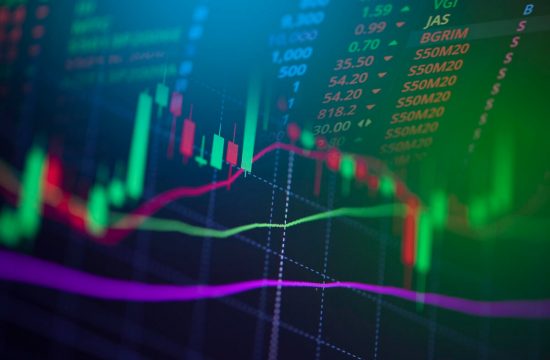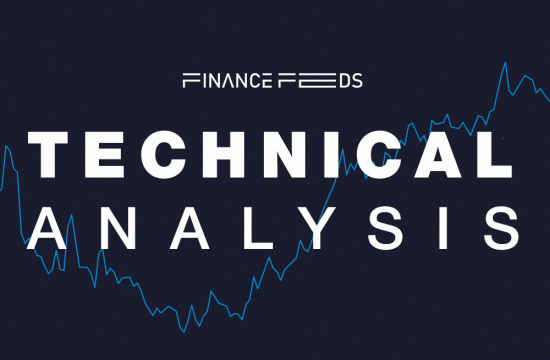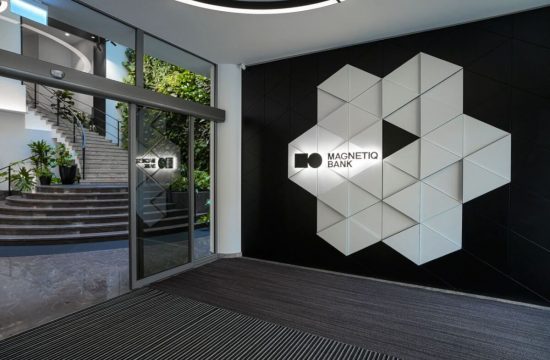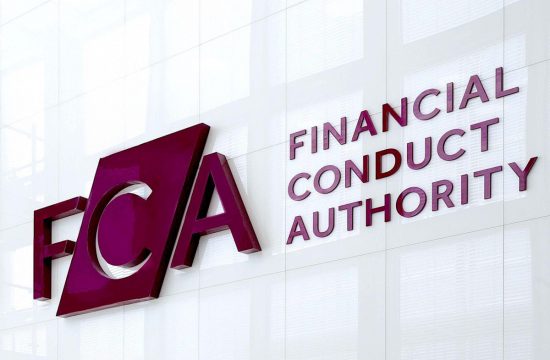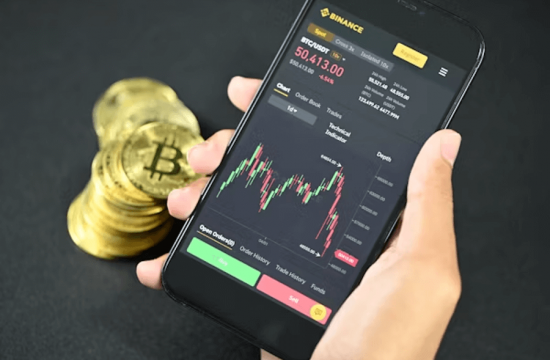As the digital asset market heats up with worldwide interest surging to a collective market cap just under $600 billion by mid December 2017, from $93.3 billion in August 2017 to, an increase of 543 percent in just four months, Ripple’s XRP has gone from being listed on six exchanges earlier this year to more than 50 worldwide.
XRP is now available on CEX.IO (one of the largest exchanges in the United Kingdom with an average daily total trade volume of $94 million), GMOCoin (the leading exchange in Japan), and Huobi.pro (a major exchange in Singapore with an average daily total trade volume of $787 million).
Being one of the fastest and most scalable asset on the market, Ripple’s XRP counts with its speed, reliability and scalability, to attract demand looking for a reliable liquidity tool for financial institutions through the product xRapid.
To serve that role in cross-border flows, XRP needs deep liquidity across fiat currencies. In support of that goal and healthy XRP markets, it’s a top priority for Ripple to have XRP listed on top digital asset exchanges, making it broadly accessible worldwide. Ripple has dedicated resources to the initiative so you can expect ongoing progress.

Patrick Griffin, Senior Vice President of business development for Ripple, said: “The market recognizes that XRP is the fastest, most scalable digital asset for global payments that can also provide liquidity to financial institutions. What’s more, being listed on more than 50 exchanges will not only make this asset more available globally but also further the Internet of Value, which will enable the world to move money as easily as information moves today.”
Ripple believes XRP is the digital asset that can truly modernize the global payments systems as its long-term value is determined by its utility — including its ability to help financial institutions source liquidity for payments into and out of emerging markets. In fact, financial institutions have already begun to use XRP as a liquidity tool, reducing the cost of sending cross-border payments.


